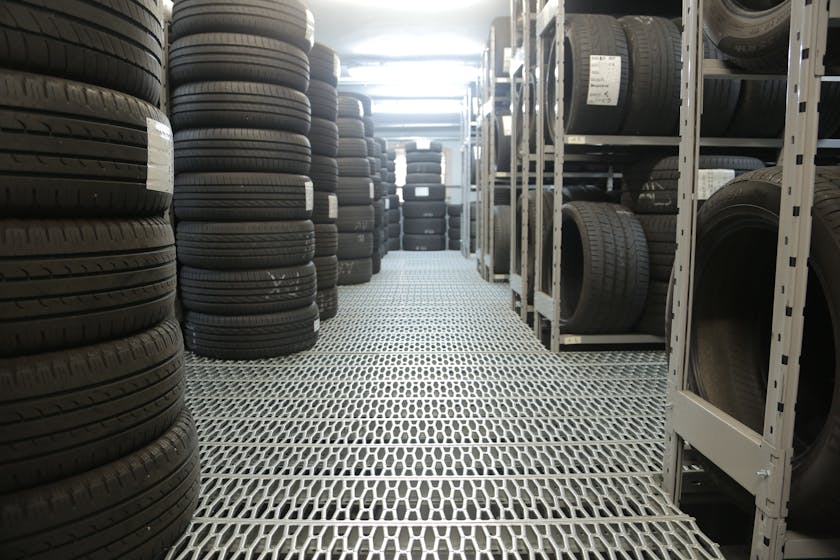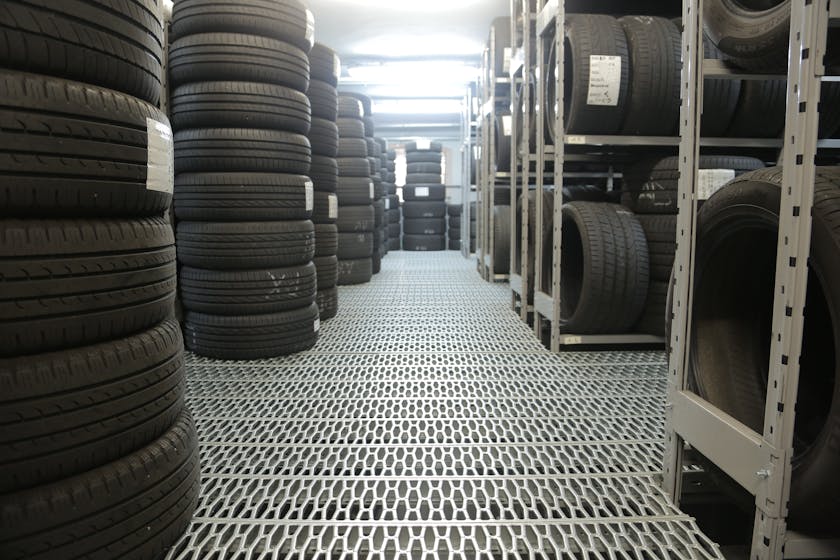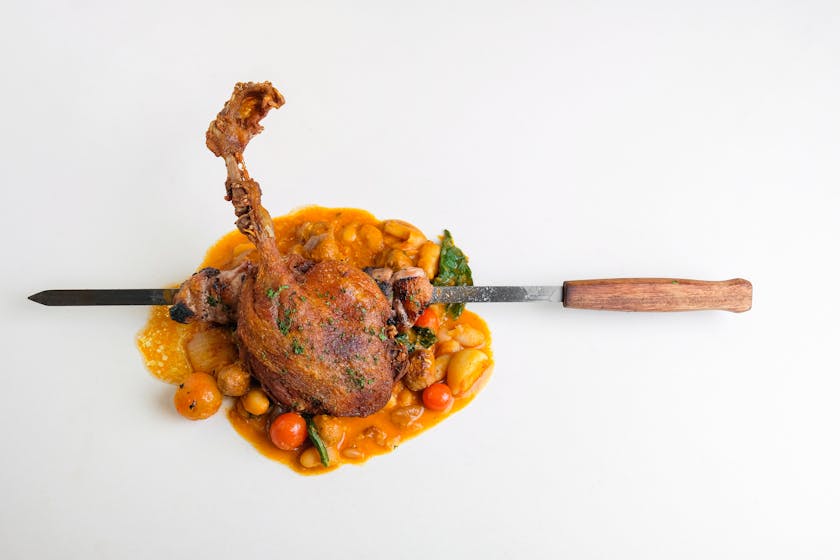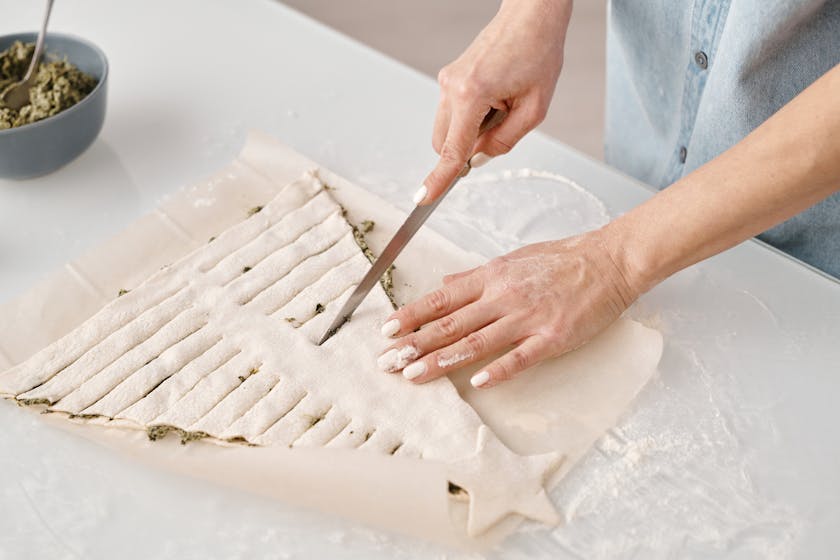If you’re looking into bulk meal storage for emergency preparedness, once-a-month cooking can be a practical approach to ensure you have a reliable food supply. In this how-to guide, we’ll explore the steps to effectively prepare and store bulk meals, so you’re ready for any situation.
Understanding the Basics of Bulk Meal Storage
Before diving into the once-a-month cooking strategy, it’s crucial to grasp the fundamentals of bulk meal storage. This involves selecting the right foods that will last, understanding proper storage techniques, and ensuring that nutritional value is maintained.
Selecting the Right Foods
Start with non-perishable items that have a long shelf life and require minimal cooking. Grains, legumes, and dehydrated vegetables are excellent staples. When it comes to meats, opt for canned or dried versions like jerky. Incorporate a variety of spices and herbs to keep your meals flavorful.
Effective Storage Techniques
Temperature Control: Store your bulk meals in a cool, dark place to prolong their shelf life. Basements or cellars are ideal, but ensure they’re dry and well-ventilated.
Moisture and Pest Control: Use airtight containers to protect your food from moisture and pests. Vacuum-sealing portions of your meals can also be beneficial.
Organization: Label all your meals with the date of preparation and rotate your stock to use the oldest items first.
Planning Your Once-a-Month Cooking Day
Once-a-month cooking involves dedicating one day to prepare a month’s worth of meals. This requires planning and organization.
Creating a Meal Plan and Shopping List
Plan your meals around the foods you’ve identified for bulk storage. Create a detailed shopping list that includes all the ingredients you’ll need. Don’t forget to account for storage materials like freezer bags and containers.
Preparation is Key
On your cooking day, set up an efficient workspace. Organize your ingredients, cookware, and storage supplies. Cleanliness is crucial, so maintain a clean environment to prevent foodborne illnesses.
Cooking and Storing Your Meals
Cooking in Batches
Cook your meals in large batches. Consider using slow cookers, pressure cookers, or ovens to maximize efficiency. Choose recipes that freeze well, like soups, stews, casseroles, and marinated meats.
Freezing and Thawing
Allow your meals to cool before freezing them. This prevents ice crystals from forming, which can affect texture and taste. When freezing, leave some space in the containers as foods will expand when frozen.
To thaw, move the meal from the freezer to the refrigerator 24 hours before you plan to eat it. This ensures a slow and safe defrosting process.
Maintaining Your Bulk Meal Storage
Regularly check your stored meals for any signs of spoilage or freezer burn. Keep an inventory list to track what you have and what you’ve used, adjusting your cooking plan as necessary.
Refreshing Your Meal Variety
Don’t be afraid to add new recipes to your rotation or swap out ingredients to maintain variety in your diet. A diverse menu will keep mealtime interesting and ensure a range of nutrients.
Once-a-Month Cooking for Long-Term Preparedness
Once-a-month cooking isn’t just about saving time; it’s a strategic method to ensure you’re prepared for emergencies. With a well-stocked freezer and pantry, you can have peace of mind knowing you’re ready for any eventuality.
Remember to regularly cycle through your stored meals and replace them as needed. By doing so, you ensure your emergency food supply remains fresh and reliable, no matter what the future holds.




